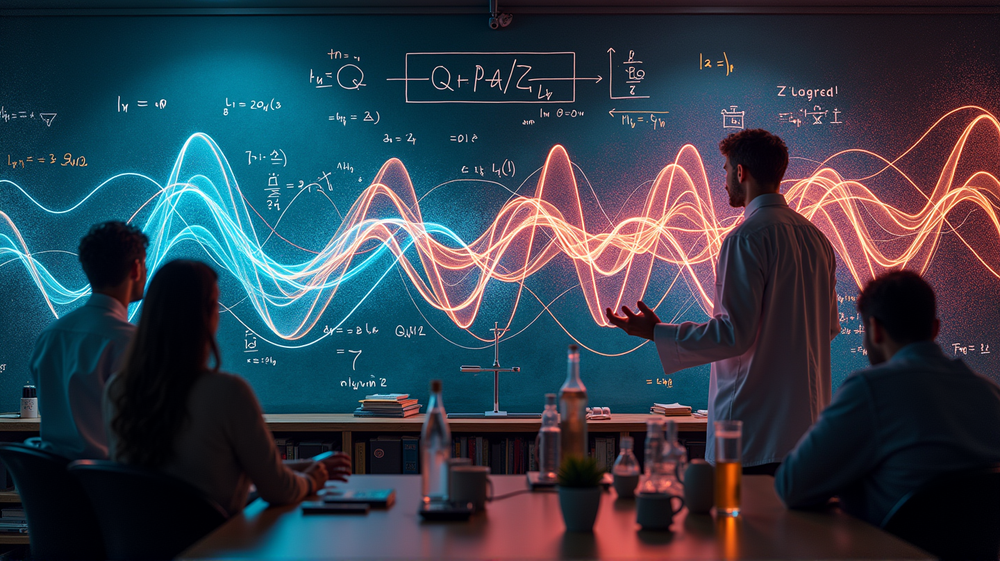Shedding Light on the Quantum Dance
In a landmark achievement, physicists from the University of Vermont have cracked a mystery that has puzzled scientists for nearly a century. With profound implications for quantum mechanics, Professor Dennis Clougherty and his student Nam Dinh have illuminated the complex world of quantum damped harmonic oscillators, akin to the fading vibrations of a guitar string but existing at an atomic scale. As stated in The Brighter Side of News, this significant leap could well change the landscape of quantum physics and precise measurement technologies.
Revisiting Lamb’s Classical Model
The journey traces back to the early 20th century British physicist Horace Lamb, who theorized on how particles reduce their energy in solids. Translating this classical model into the quantum realm proved challenging, primarily due to the constraints of Heisenberg’s uncertainty principle. This principle, a cornerstone of quantum physics, mandates that a particle’s precise position and momentum cannot be simultaneously determined—a challenge overcome by the recent groundbreaking research.
Bridging the Gap with Innovative Mathematics
Clougherty and Dinh’s work stands apart by leveraging multimode Bogoliubov transformation—a sophisticated mathematical approach—successfully moving Lamb’s model into the quantum age. This innovation allowed them to maintain the complex nature of atomic interactions while offering an exact solution. These insights could lay the foundation for quantum computing and communications as they illuminate how atomic interactions operate on the smallest of scales.
Transforming Measurement and Sensing
The implications of this research are revolutionary, especially in areas demanding precision measurements. This developed quantum model enables scientists to surpass the usual uncertainties in position measurement, granting unprecedented accuracy. It harbors potential for the development of hyper-sensitive devices across fields like quantum metrology and nanomechanics.
Anticipating a Future Unbound
Turning back to historical models with fresh quantum perspectives, Clougherty and Dinh have not merely closed significant theoretical gaps but have unlocked new avenues for experimental exploration. Their findings may empower upcoming technologies, enriching quantum sensors, and advancing nano-engineering prospects by elucidating energy dissipation in microenvironments. It’s a quest bridging past and future, rekindling centuries-old questions with contemporary solutions.
With this merger of classical theories and quantum mechanics, the work performed by the University of Vermont team appears as a beacon guiding the scientific community towards newfound quantum horizons.












